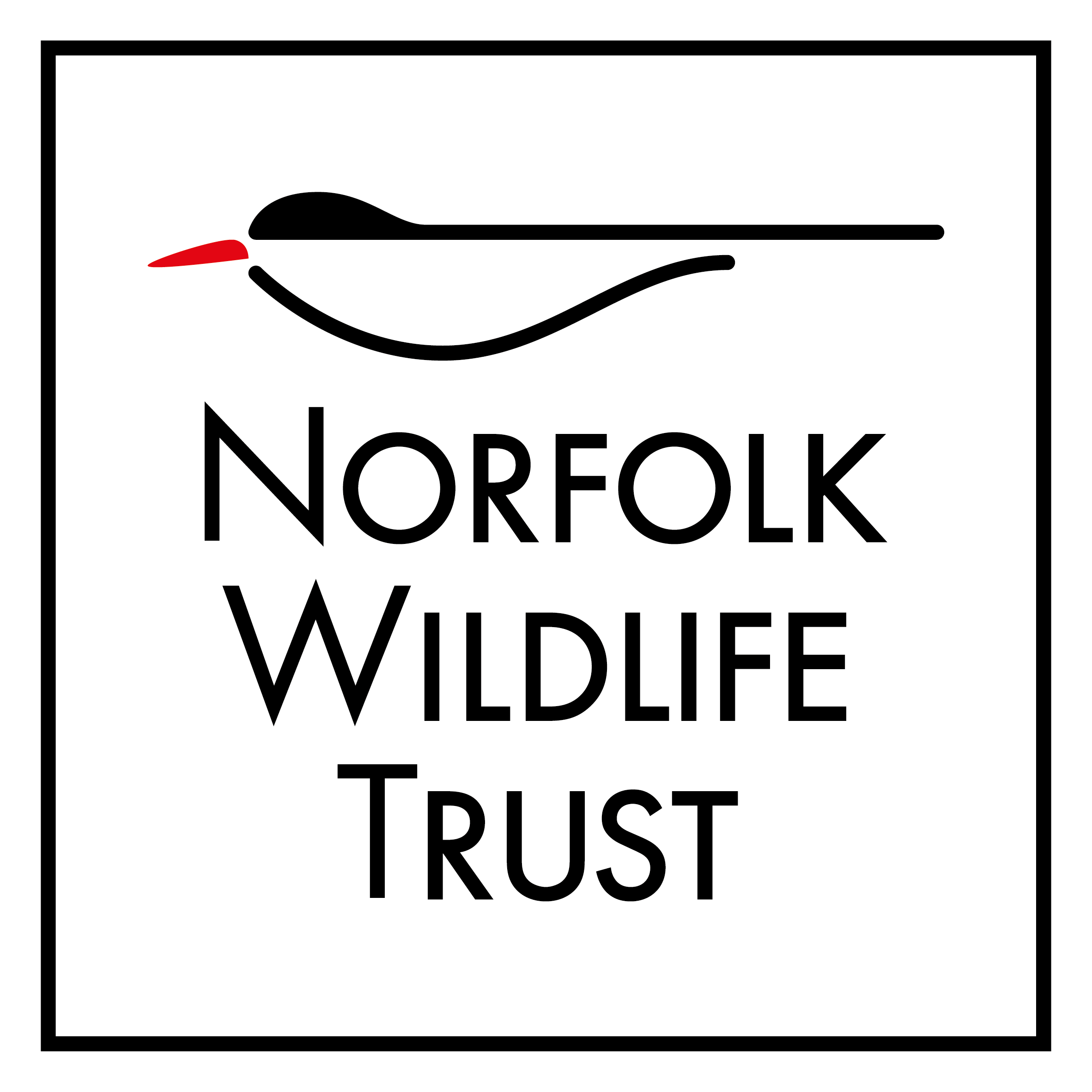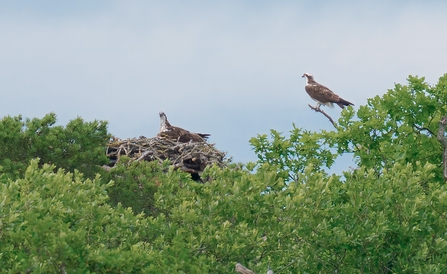Well, no one can say we haven’t had a long hot summer, and we still have August and September left! Firstly, a mention of all those members of reserve staff and their volunteers who are, in this heat, mowing paths (and not on a ‘sit and ride’ but with a heavy reciprocating mower, each with its own wilful and disobedient personality), cutting sedge-beds and tall-herb fens (it may be with a ‘powered’ scythe but it still needs someone to swing it), or off into the wilderness roguing (the removal of undesirable tree saplings from a heath or fen, which for some sadistic reason always seems to be carried out in the heat of late summer). One’s eyes itch from pollen in the spring, and sting with sweat in the summer. And of course, there’s the fencing and gate repairs - a hanging post doesn’t carry itself! WELL DONE reserve staff – it’s not all birdwatching and handing out hedgehog stickers to children you know! One of the hardest working, capable and dedicated conservationists I’ve worked with didn’t even own a pair of binoculars but, boy, he could put a shift in on a hot day.
Purely from anecdotal observation, it is shaping-up to be a fantastic summer for butterflies and moths. Peacock butterflies are everywhere, and on buddleia bushes they are joined by small tortoiseshell and our county’s three ‘white’ species. The long distant migrant, painted lady, is in fair numbers too. As we slip into August it’s worth looking out for clouded yellow butterflies and, who knows, something rarer! NWT Foxley Woods is witnessing a particularly good purple emperor summer, tribute to the hard work over many years to recover and improve this ancient woodland. The expansion north of the purple emperors’ range means there is an ever-increasing chance of seeing this handsome butterfly in a mature woodland near you! Although, as it doesn’t nectar on flowers, some old-fashioned fieldwork is required to find it. It often remains high in the oak canopy feeding on aphid honeydew. Although a sap run or a decaying carcass can tempt them down, and dog poo is a favourite. Some lucky individuals have found them landing on their clothes or an arm to ‘drink’ the salty sweat from their bodies. Preferably this is before, rather than after, their visit to a dog latrine.



